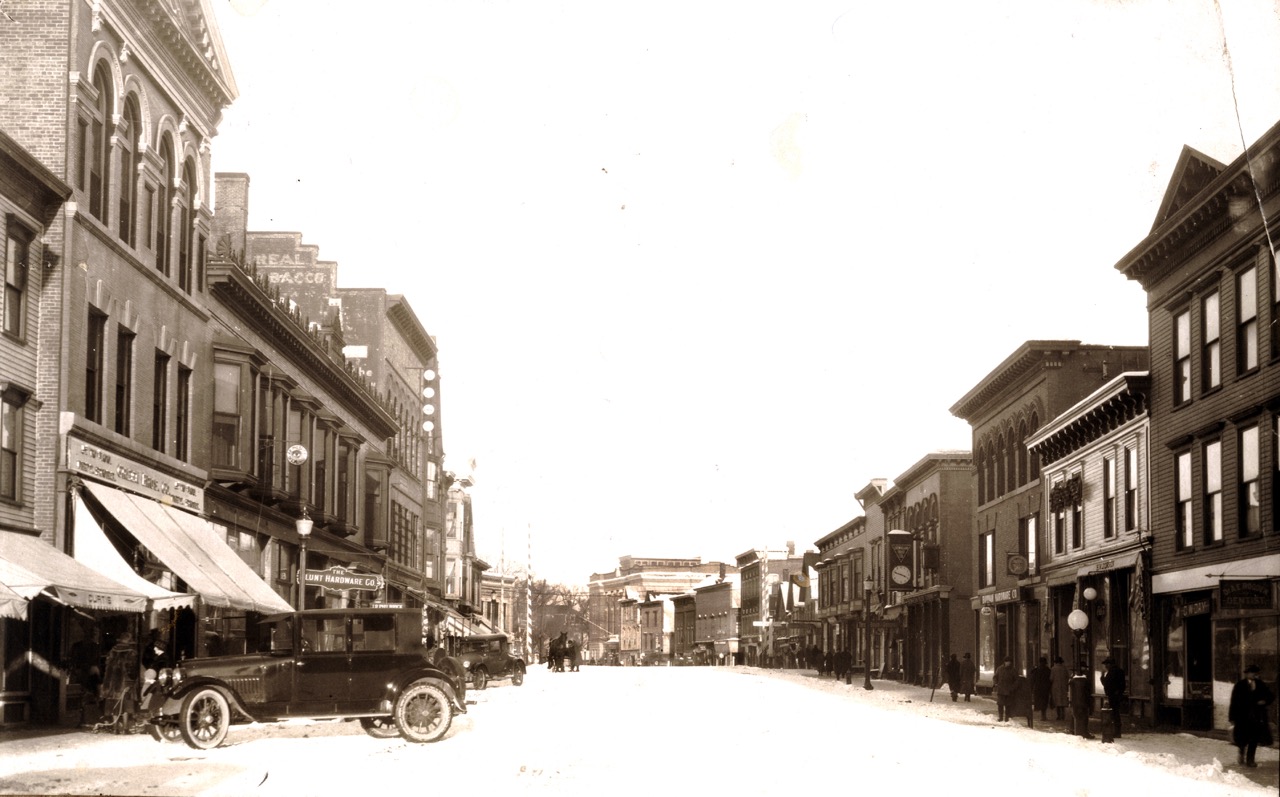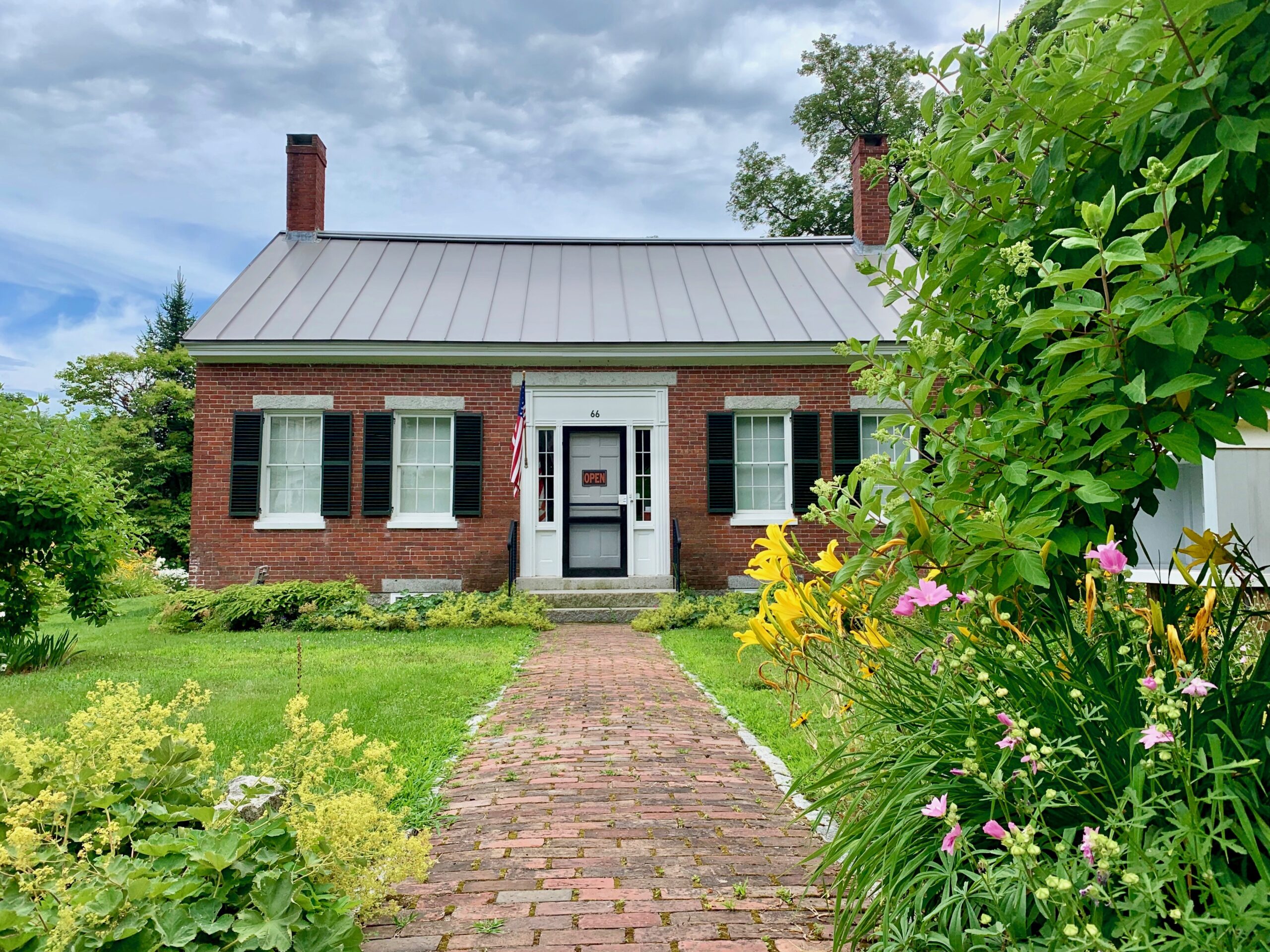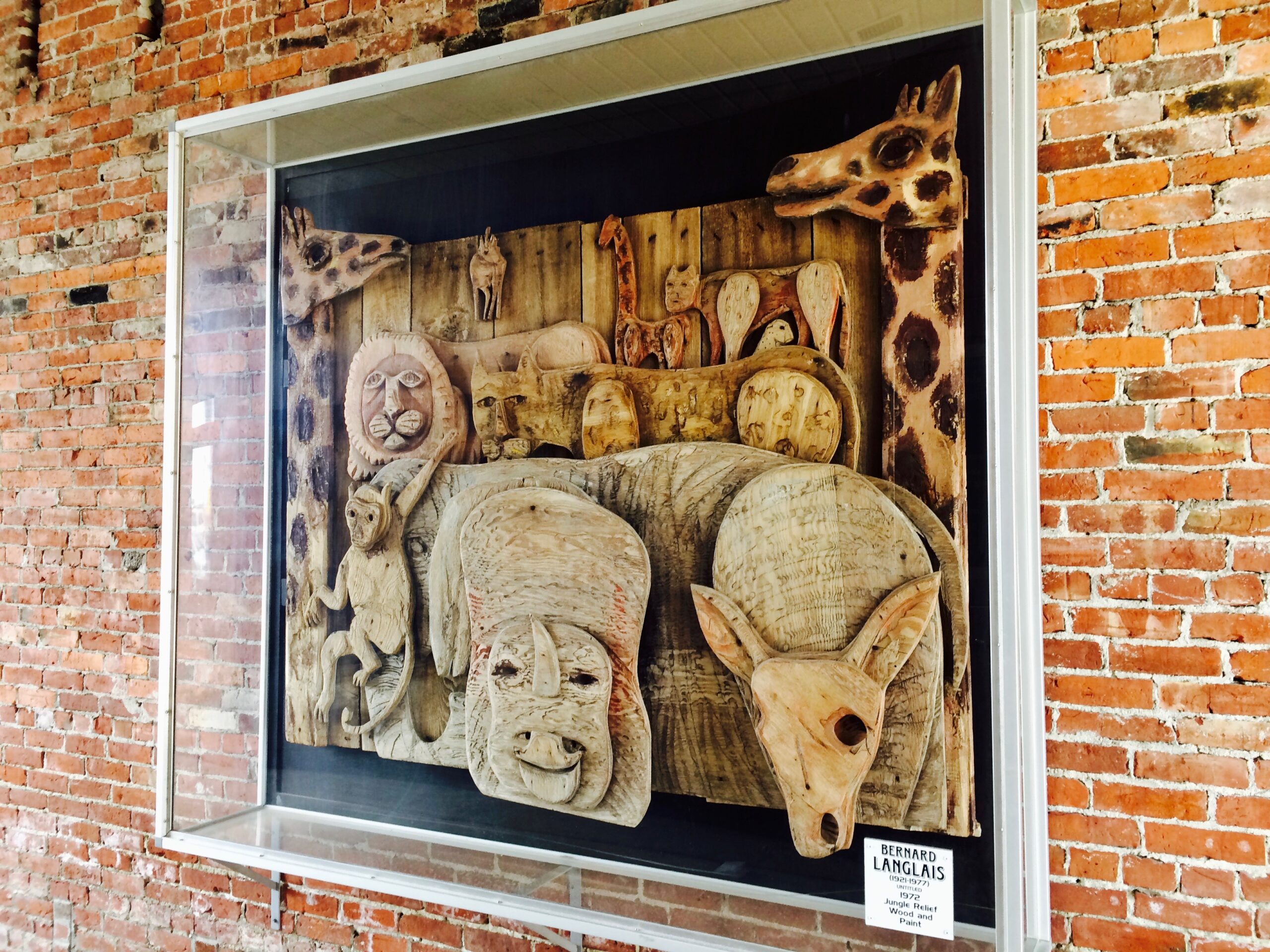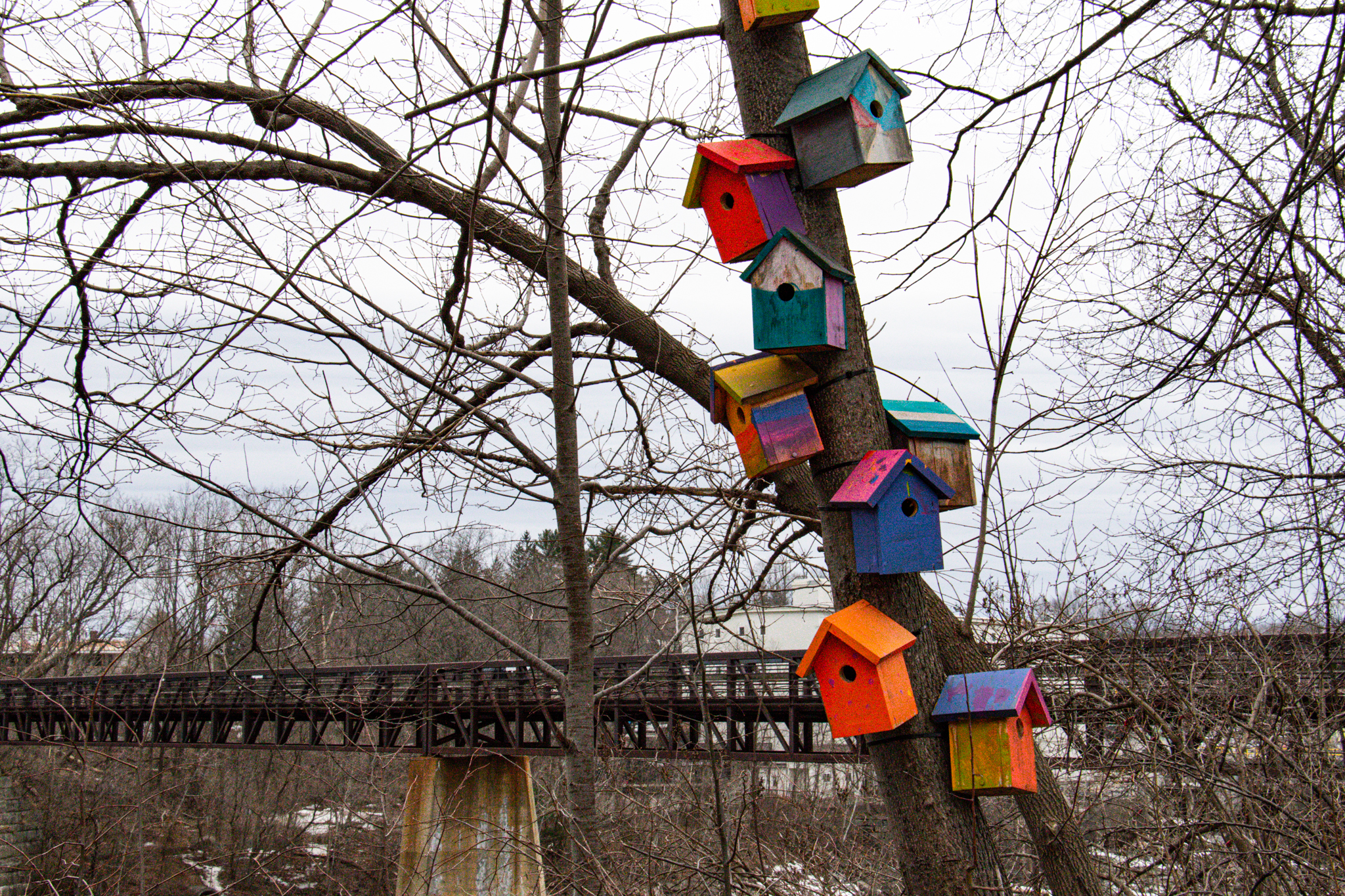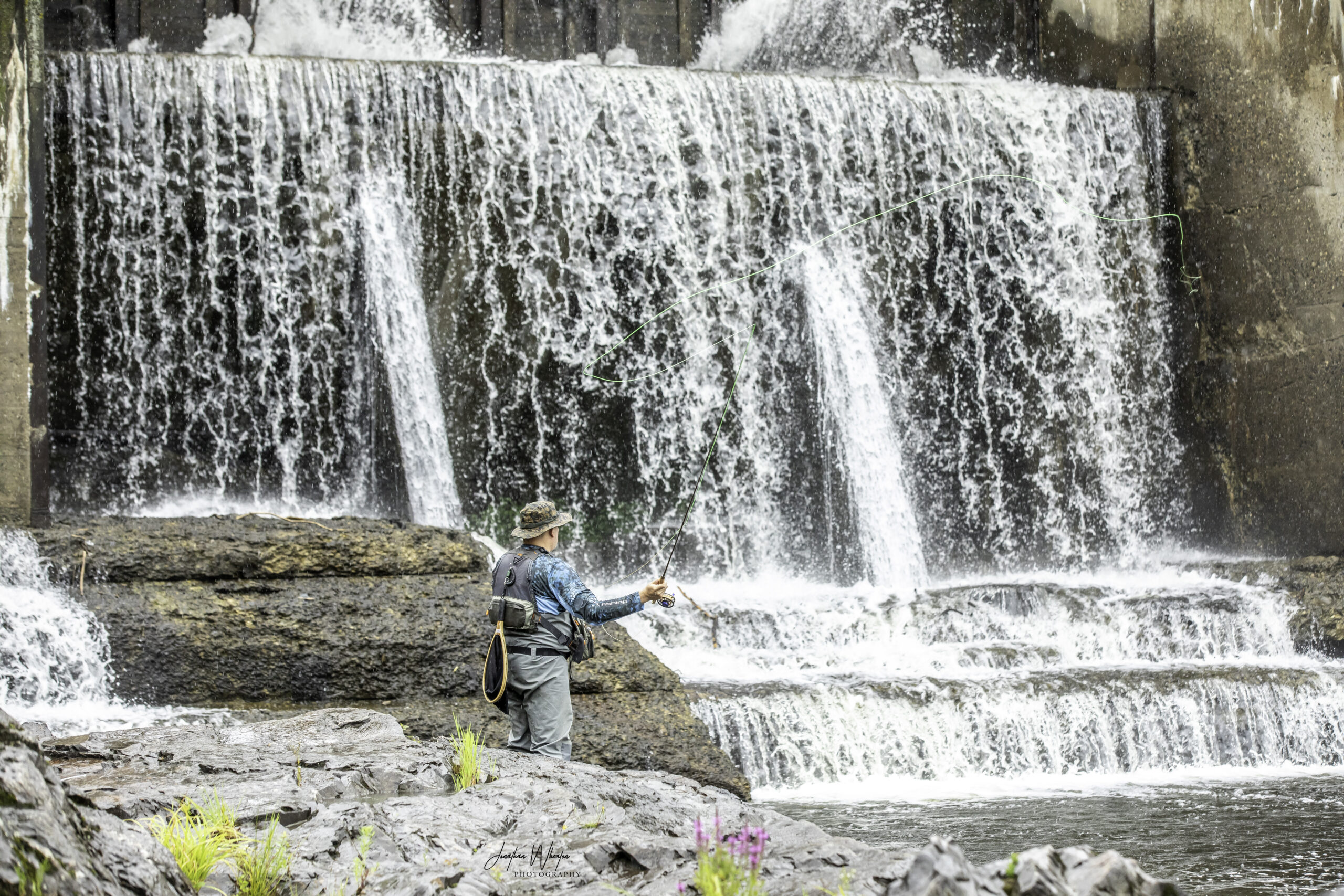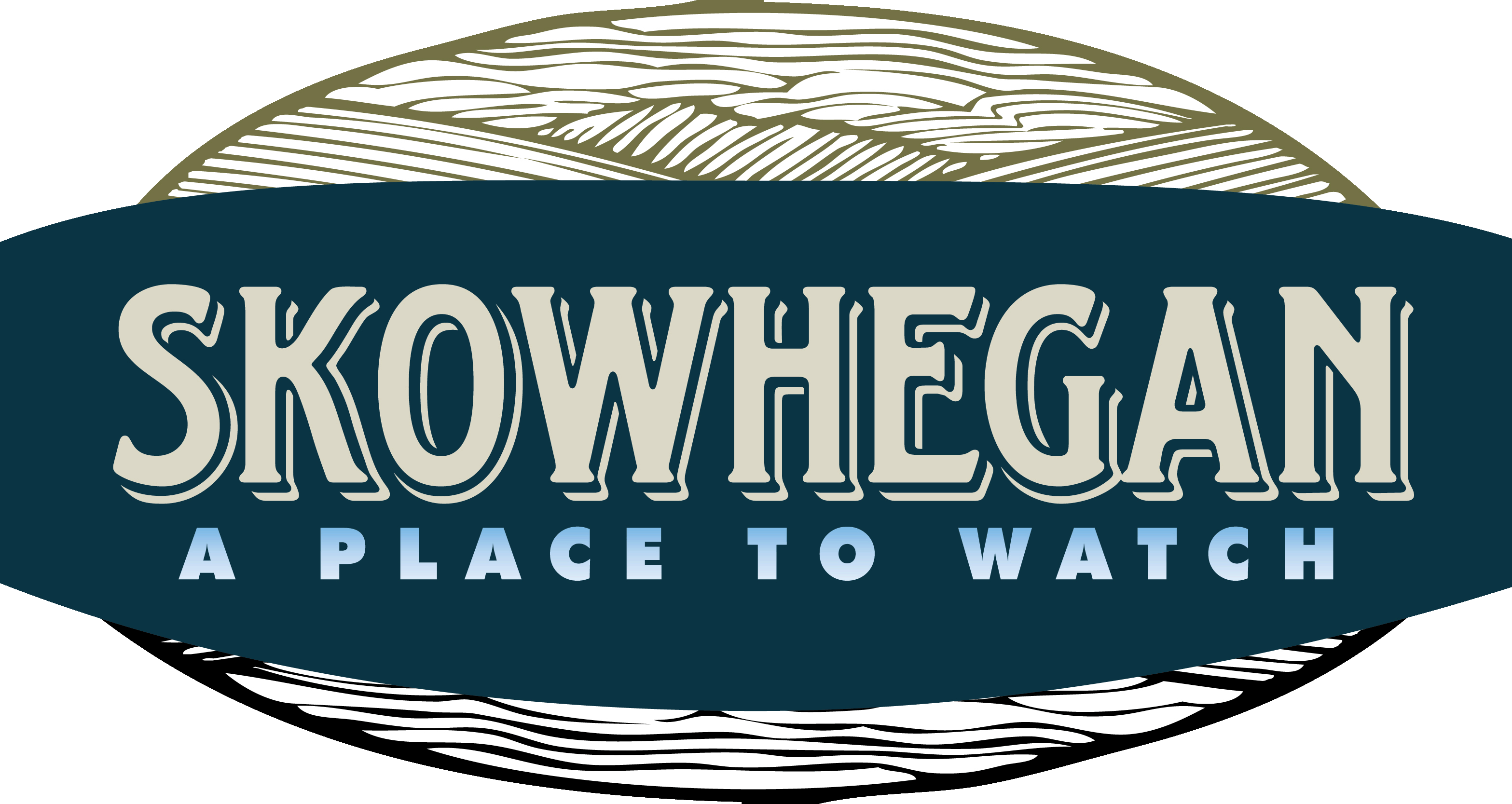Long before Skowhegan’s first settlers arrived in 1773, and Colonel Benedict Arnold’s expedition traversed these woods and waterways in 1775 on his march to Quebec. The island of Skowhegan had been an important east/west crossroad of the Wabanaki and is located midway between the “duck water place” (Quabacook) now named Merrymeeting Bay to the south and Katahdin to the north.
In order to understand Skowhegan, we must honor the Wabanaki who lived along the banks of the great Kennebec River and whose history predates ours by thousands of years. They didn’t recognize borders, towns, nor the English concept of “incorporation”. It was the British American Council of New England who, in 1629 and by charter of the British Crown, set the area’s first boundaries. During the 200 years that followed various lines were drawn to subdivide tracts of land in the place we call Maine. Old Canaan was established and on February 6, 1814 divided in two to form Bloomfield and included Skowhegan Island and other downstream islands on the west side of the river; Milburn – now named Skowhegan – was separated from Canaan 200 years ago, on February 5, 1823. In 2023 we celebrate the Bicentennial of Skowhegan’s incorporation! While there is disagreement over what “Skowhegan” means, it is a name descriptive of this place – “falls by the plain lands”, or “spearing” for the Wabanaki method used to catch fish here, or perhaps “place to watch”.
Skowhegan has changed over the years from a Wabanaki fishing place to a small settlement of farmers, then loggers as settlers migrated north. A need for pine for masts and lumber building materials launched the logging boom which ran until the last log drive in 1976. During that era, sections of the Kennebec were so choked with logs that any one skilled enough could walk across them from bank to bank! Modern mechanized logging equipment has replaced the ax and saw and logs are driven to mills on paved ways rather than rivers. Trucks hauling trailers filled with logs are a common sight in Skowhegan and a reminder of the region’s rich lumbering history.
Skowhegan is also a gateway to the Maine woods. It is nationally known as the home of the first woman to serve in both houses of the U.S. Congress, Margaret Chase Smith, and is also home to Skowhegan State Fair, the nation’s oldest consecutively running agricultural fair. Downtown Skowhegan is watched over by a 62-foot wooden sculpture of a Wabanaki fisher holding a weir. This is the world’s tallest artistic interpretation of a native prepared to catch fish. It was crafted by renowned Maine artist Bernard Langlais and “dedicated to the Maine Indians, the first people to use these lands in peaceful ways.”
Skowhegan is a community of makers and doers, where innovative businesses thrive, like Main Grains - a purveyor of regional organic grains; Crooked Face Creamery’s artisanal cheese; Maine Stitching Specialties - best known for their flags and textiles; Cayford Orchards - specializing in heirloom varieties of apples; and Lacasse Bats - where Maine maple, birch, and ash trees are turned into baseball bats that might land in the hand of a Major League Baseball player! With so many foods grown regionally, Skowhegan has also become an agricultural food hub where restaurants source local products for their menus. Did you know Skowhegan is the seat of Somerset County—the nation’s leading maple syrup producer?
Centrally located on the Kennebec River, and offering historic charm, access to local organic foods and an eclectic variety of cuisine, festivals, art, and outdoor recreation opportunities for all seasons, it’s time you discovered Skowhegan!
